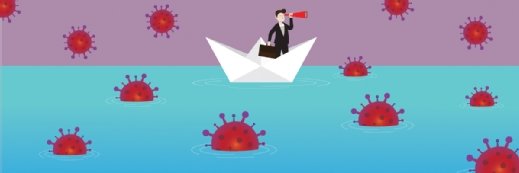
Getty Images
SNAP Benefits Insufficient to Address Food Insecurity, SDOH
While SNAP effectively reduces food insecurity, a recent study found that a slight increase in benefit amounts was associated with healthier food purchases.
Providing an additional $40 per month to Supplemental Nutrition Assistance Program (SNAP) beneficiaries for the purchase of fruits and vegetables was associated with healthier eating habits and a decrease in the purchasing of less healthy foods, suggesting current SNAP benefits aren’t enough to address food insecurity, according to a study published in JAMA Network Open.
SNAP is the United States’ largest program aimed at reducing food insecurity. SuperSNAP is a program funded by a grant from the US Department of Agriculture (USDA) that began in 2018 with the goal of improving the diets of SNAP beneficiaries by providing an additional $40 per month to those who have diet-related illnesses like diabetes or obesity.
The extra funds must be used to purchase fresh, frozen, and canned fruits and vegetables with no added sodium, fat, or sugar.
Participation in SuperSNAP was associated with increases in healthy food purchasing, a minimal increase in purchasing of less healthy foods, and decreased purchasing of sugary beverages. The findings led researchers to suggest that increasing SNAP benefit amounts and incentivizing beneficiaries to purchase healthier foods through government programs can improve health outcomes.
Researchers analyzed a cohort of 667 SuperSNAP beneficiaries and 33,246 SNAP beneficiaries not enrolled in SuperSNAP. All participants shopped in the same stores across North Carolina, but SuperSNAP participants ended up spending more per month on fruits, nuts, vegetables, and legumes.
“The findings of this study suggest directions for future work,” the study explained.
“Examination of how food incentives and subsidies may change diet quality, health outcomes, health care utilization, and health care cost is needed.”
Monthly spending on sugar-sweetened beverages decreased for SuperSNAP beneficiaries as well. Researchers found that when total spending increased, spending on less healthy foods decreased.
In 2019, 35.2 million people lived in food-insecure households, according to the USDA’s most recent data. Food insecurity is often associated with the consumption of less healthy foods since they tend to more affordable.
Researchers analyzed transaction data that included every item purchased by each SNAP customer in the cohort and were able to identify SuperSNAP purchases based on a unique offer code applied at checkout. This allowed them to pinpoint exactly what foods were being purchased with SuperSNAP and subsequently quantify whether the extra funds contributed to healthier food choices.
The findings suggested that an increased emphasis on healthy eating and increased spending allowances should be crucial components of food security programs. Although this would result in more upfront costs, chronic disease risk could be mitigated and health outcomes would likely improve, leading to lower healthcare costs and a healthier population in the end.
“Future studies should examine the potential effects of subsidies for the purchase of fruits and vegetable on diet quality, food security, health, and health care utilization,” the study concluded.
“Given the high prevalence of food insecurity and its association with poor health outcomes, fruit and vegetable subsidies may be associated with important public health benefits in the US.”






